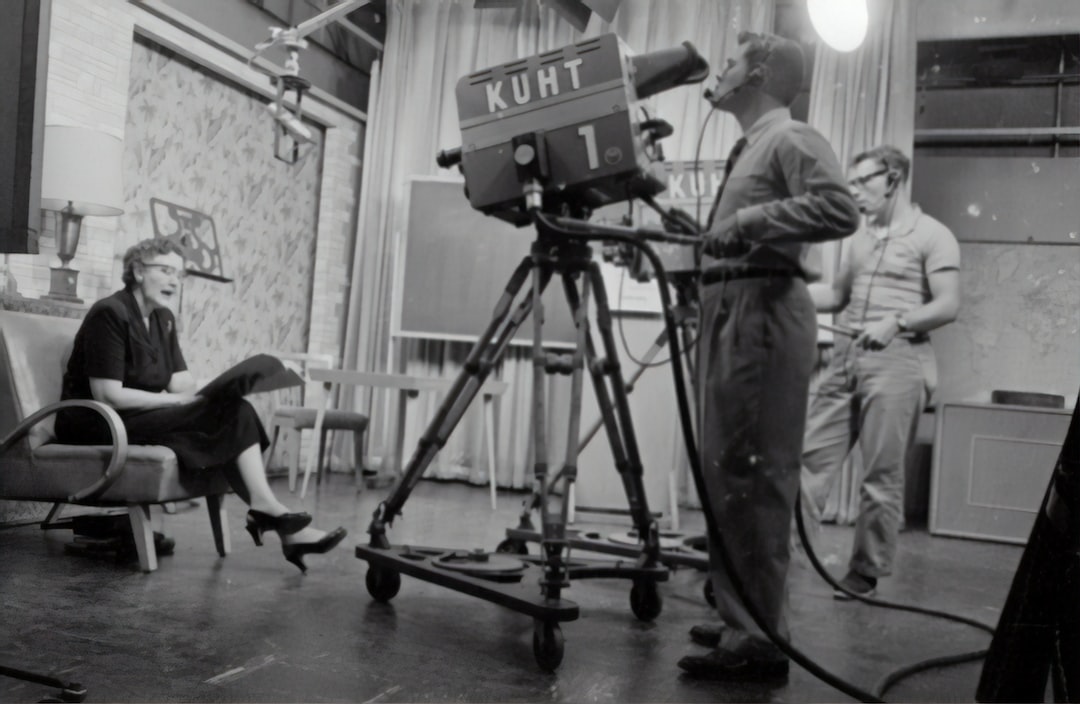The Impact of Photojournalism on Public Opinion
In today’s fast-paced digital age, where information travels at the speed of a click, photojournalism continues to play a pivotal role in shaping public opinion. The power of an image has always captivated and provoked human emotions, and photojournalism wields this power to bring stories and issues to light, ultimately shaping the way the public perceives the world.
Photojournalism, as a form of visual storytelling, has the unique ability to convey complex narratives and evoke powerful emotions in a single frame. With the advancement of technology, images have become instantaneously available through various platforms, making them more accessible and impactful than ever before. Whether displayed on the front page of a newspaper, shared on social media, or exhibited in galleries, powerful photographs have the potential to ignite conversations, provoke outrage, or inspire change.
One of the most significant impacts of photojournalism is its ability to raise awareness about global issues. Through compelling visuals, photojournalists capture moments of human conflict, disaster, or social injustice, bringing these stories to the forefront of public consciousness. A single photograph of a starving child in a war-torn country can shake the world, galvanizing governments, organizations, and individuals into action. By providing a visual representation of the reality behind global crises, photojournalism plays a crucial role in mobilizing support and aid towards humanitarian causes.
Furthermore, photojournalism also holds immense power in shaping public opinion by influencing the way people perceive political events and leaders. During times of political unrest, photographs become a vital tool in documenting and exposing corruption, violence, or abuse of power. These images are often circulated widely, forcing governments and individuals to be held accountable for their actions. The iconic photograph of the self-immolation of Tibetan monk Thich Quang Duc during the Vietnam War is a prime example of how an image can shock and stir outrage, mobilizing public opinion against injustice.
On a more personal level, photojournalism often evokes empathy and compassion in viewers, fostering a connection between diverse communities. While distance and cultural barriers can sometimes impede understanding, powerful images have the ability to transcend these boundaries. For instance, a photograph capturing the anguish of a Syrian refugee can elicit empathy from someone thousands of miles away, generating awareness and support for those in dire situations.
However, it is important to acknowledge the inherent subjectivity within photojournalism. While a photograph may be one person’s truth, it may not always reflect the complete reality. The choice of what to include or exclude from a frame can shape the narrative in a certain way. This raises ethical questions regarding the boundaries of manipulation in order to sway public opinion. Photojournalists and the media outlets they work for must maintain a commitment to honesty and integrity in their visual storytelling. Although there have been instances of images being manipulated to support narratives, it is crucial to distinguish between isolated incidents and the overall impact and importance of genuine photojournalism.
In conclusion, the impact of photojournalism on public opinion cannot be understated. Through the power of visuals, photojournalists have the ability to shed light on global issues, challenge prevailing narratives, and humanize distant communities. The immediacy and accessibility of images in the digital age have made photojournalism an even more potent tool in shaping public opinion. However, it is crucial to remain vigilant and critical consumers of visual media, understanding that photographs have the potential to be both catalysts for change and vehicles for manipulation. By doing so, we can appreciate the significance of photojournalism in our rapidly evolving world.
